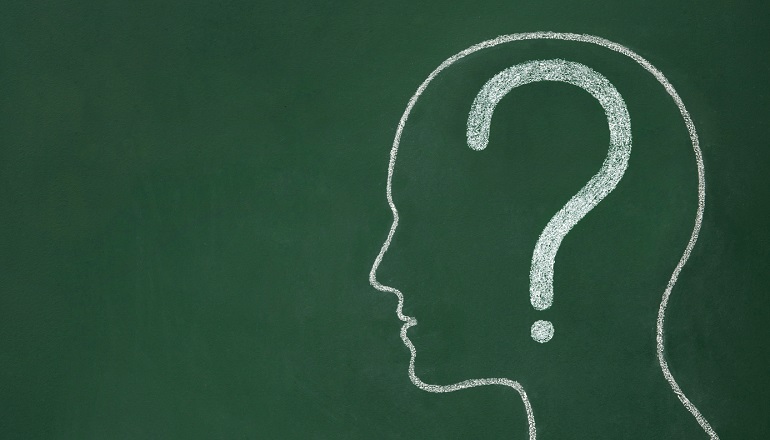The best way to understand the adoption process is to focus first on the kinds of children available:
- American newborns: Babies born in the U.S. to mothers who have arranged to place them directly for adoption. Most can go home with their new parents within days of their birth.
- Foster children: Children who are in the care of a state agency because their birth parents cannot care for them. More than half of U.S. adoptions in any given year come from this group, and this is generally the most affordable route to adoption.
- International “orphans”: Children who have lost their birth parents to death or abandonment and are eligible for “orphan visas” through adoption by U.S. parents.
After you think about the kind of child who’s right for your family, you can choose the right partner:
- Private attorney
- Adoption agency
Different agencies and attorneys specialize in different kinds of adoption, so you need to think about what kind of child—what age, what race—you can parent before you make any kind of commitment to an agency or attorney. You may also end up using a combination of partners, or you may choose to work independently.
TRIED & TRUE: While you think about the kind of family you want to create, keep notes of your thoughts. If an attorney or agency suggests going in a different direction, our adoptive families say you should look elsewhere.
To help decide, ask yourself the following questions.
How do I get a healthy child?
Whether they are born to you or adopted, children do not come with guarantees. However, as with pregnancy, there are steps you can take to improve the odds that your child will be healthy. If you adopt in the U.S., you can identify a mother before birth and help ensure that she receives good prenatal care; if the child has already been born, you can review medical records before proceeding with the adoption. In international adoption, you can choose a country known for a high standard of infant care, and work with an adoption pediatrician to decode the medical report before agreeing to accept the child. Chapter 6, “I Just Want a Healthy Baby,” gives more detail.
“We chose to adopt our first child from Russia, because there were many children in need of homes and we felt we’d actually be doing some good in the world to adopt one of those children. Plus, we didn’t have to market ourselves to birth mothers, as is often the case in domestic adoptions. That would have been too much for me, already humiliated by my infertility.” —Colleen
Can I adopt a newborn?
Whatever kind of adoption you do, at some stage you will be “chosen” by either a social worker or a birth mother. Social workers and birth mothers generally want to place newborn babies with middle-class couples (gay or straight) in their late twenties to late thirties. If you don’t fit this profile, you may find it harder to adopt an infant, but it’s still possible.
STRAIGHT TALK: If you have been thinking of adoption as something you’ll do if you grow too old to have a biological child, think again. The odds of adopting an infant drop dramatically with each year you are over 35. If you are between 35 and 50, and still trying for a biological child, you should simultaneously research adoption, so you don’t lose any additional time. If you are over 50, your best chance of adopting an infant may be through a fost-adopt program.
“We chose to go the route of fully open, domestic adoption through an agency. We wanted to have as complete a medical history of our children as possible, as well as a relationship with our children’s birth parents. We are now the proud parents of two beautiful children. We have had our daughter since birth, and our son since he was about 13 days old. We have open relationships with our children’s birth mothers, as well as their birth fathers, and we feel very fortunate.” —Bonni
Can I love a child of another race?
Would-be parents are sometimes embarrassed to ask this question. Don’t be. Society assumes that parents and children will look alike. If you are going to build a family that’s different from the norm, you will draw extra attention, and you will need extra support, so you need to think about how it will affect your life.
“When our boys were little, it was very tempting to pretend that raising an African-American child is the same as raising a Caucasian child, but it is not. The better answer is that skin color should not matter, and we, as a family, are working toward helping the world to learn this basic truth.” —Jessica






